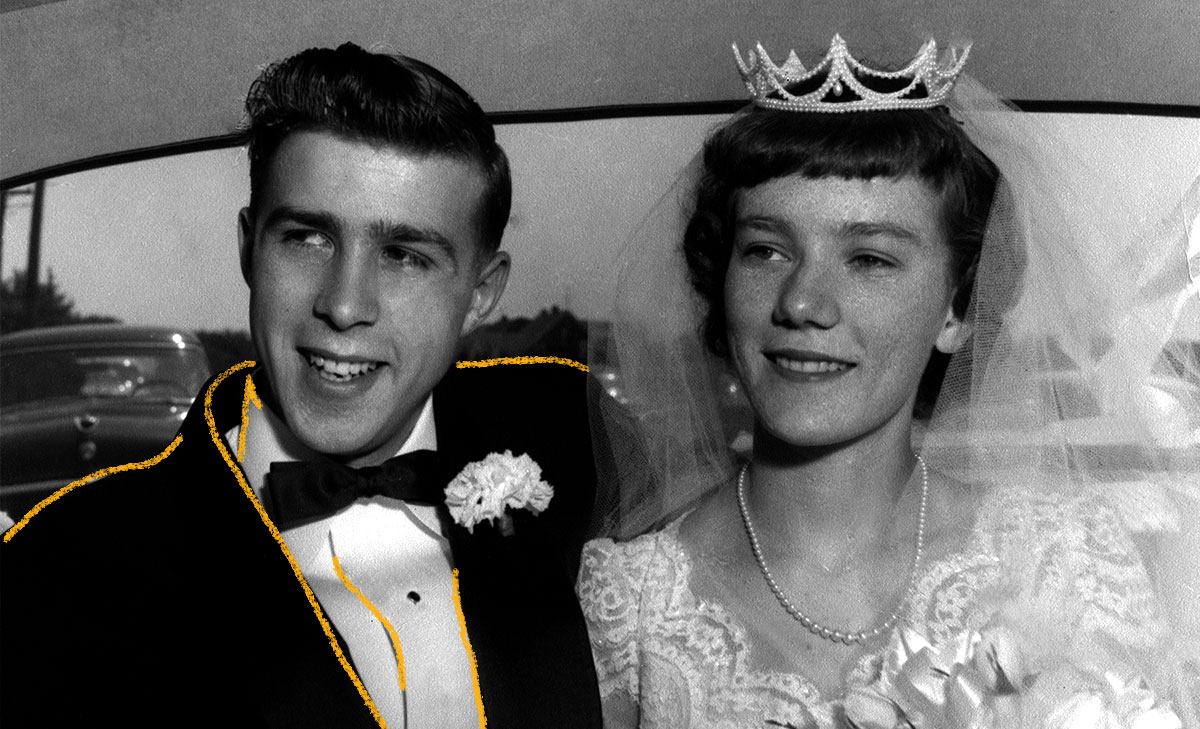The tuxedo made its formal debut in 1865 thanks to Prince Edward VII, who wore it as an alternative to the formal tailcoat. (Credit is sometimes falsely attributed to American aristocrats attending the Autumn Ball in Tuxedo Park, New York.) The Savile Row tailor Henry Poole & Co. created Edward VII’s tuxedo, which was blue with matching pants. The tuxedo was originally known as a “dinner jacket” and quickly took off. It was usually black with a shawl collar and accompanied by white accessories. It’s thought that James Brown Potter brought the tuxedo to America in 1886 after meeting the Prince of Wales during a trip to Britain. By the 20th century, the tuxedo had risen in popularity and was acceptable in situations that required formal dress. Black accessories and a peaked lapel were the most fashionable way to wear it at the time. After a dip in popularity during World War I, the tuxedo was once again in fashion and was most commonly worn in blue, not black. The double-breasted style also gained favor during this time. Suits were worn instead of tuxedos during World War II, but in the 1950s, tuxedos were once again popular. New fabrics like polyester were often used, ruffles appeared for the first time, and the jacket was changed to be shorter and more fitted. 1970s tuxedos matched the outrageous disco style of the time while 1980s tuxedos returned to a more conservative styling. In the 1990s and early 2000s, business-casual was the predominant style. However, the 2010s brought new interest to men’s formalwear thanks to popular shows like Mad Men. Today, many men continue to wear tuxedos to formal events such as weddings.

Your go-to guide for weird history facts
Subscribe to the FREE daily email that makes learning about history fun.


